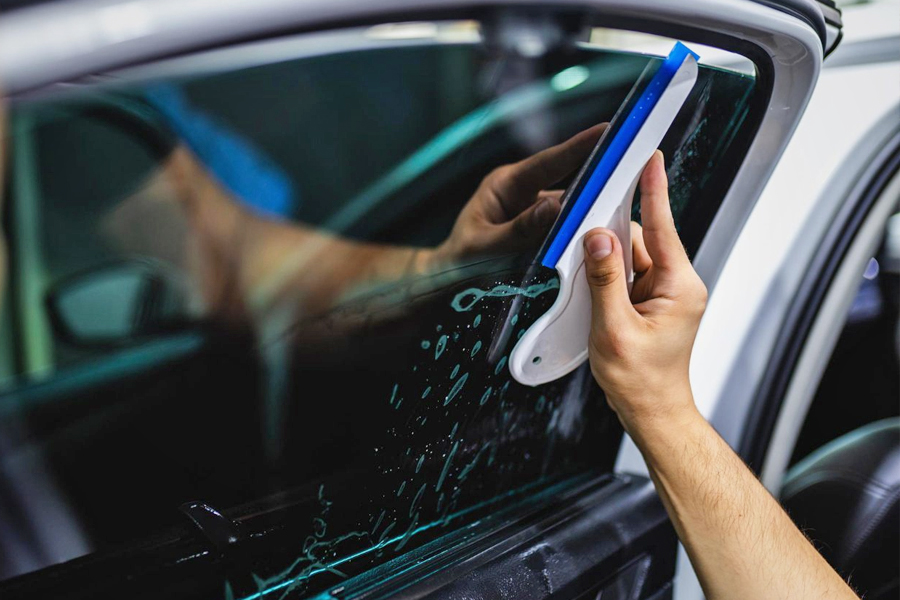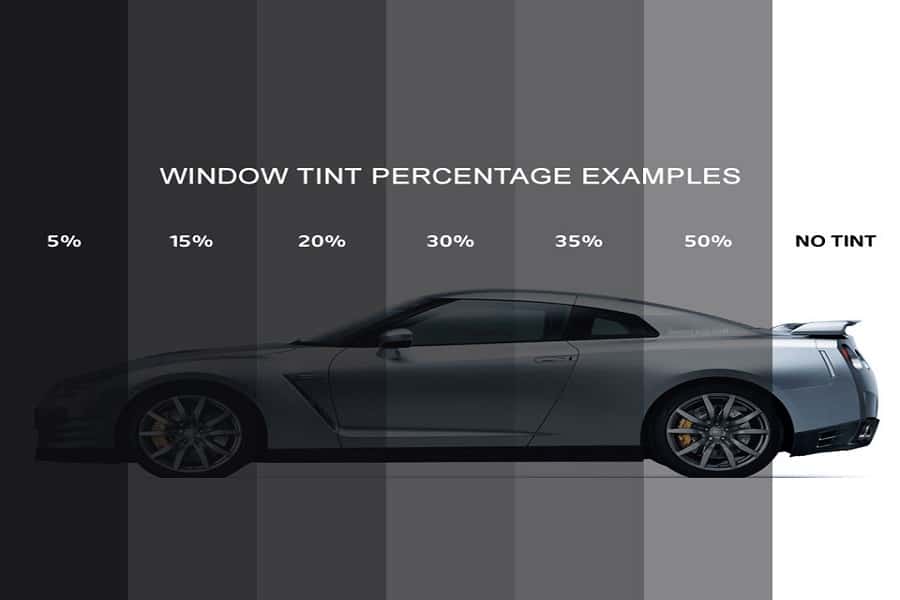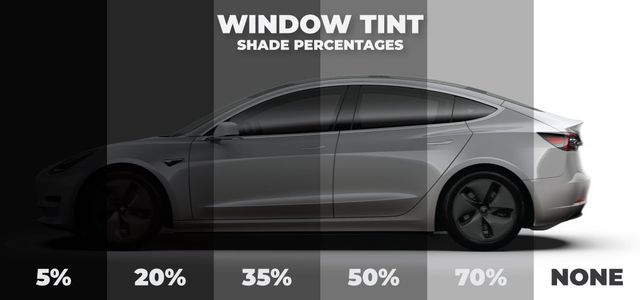Window Tinting Rules and Guidelines: What You Required to Know Before Tinting Your Car
Prior to proceeding with window tinting for your lorry, it is important to familiarize on your own with the diverse laws and guidelines that govern this practice across various states. These laws dictate the permitted degrees of color darkness, usually measured by visible light transmission (VLT) percents, and include specific terms for front windshields intended at making certain roadway safety. In addition, certain territories may use clinical exceptions for people with certifying conditions. Comprehending these complexities can conserve you from possible legal implications, yet what are the particular regulations in your state?
Introduction of Window Tinting Laws
Home window tinting legislations are often based on variant across different territories, mirroring neighborhood guidelines and safety factors to consider. These laws determine the permissible degrees of color darkness and reflectiveness on car windows, making sure that drivers maintain ample presence while additionally shielding against harmful UV rays and heat.
Most guidelines categorize home window tinting based upon the Visible Light Transmission (VLT) percentage, which indicates the amount of light that can go through the home window. Generally, lower VLT percentages symbolize darker tints. Laws often set apart between the front, side, and back windows, with stricter restrictions related to the front windscreen to improve safety for both the chauffeur and other road customers.
Furthermore, some territories enforce restrictions on the reflectivity of the tint, avoiding excessive glare that can harm presence. Exemptions to these laws might exist for individuals with specific clinical problems requiring additional sun defense. Compliance with window tinting regulations is crucial, as violations can cause penalties, mandatory elimination of the tint, and possible rises in insurance policy premiums. For that reason, it is essential for lorry owners to acquaint themselves with local laws prior to waging window tinting installations.
State-by-State Color Rules
Recognizing the details home window tinting laws in each state is vital for automobile owners seeking to adhere to the law. Each state in the U.S. has established its very own collection of guidelines regulating home window tinting, which can differ considerably. These regulations commonly dictate the allowable degrees of color darkness, the kinds of windows that can be tinted, and any type of medical exemptions that may apply.
For example, states like California have rigorous constraints on color darkness for front windows, while others, such as New Mexico, may enable darker tints. In addition, certain states mandate specific visibility portions for different home windows, consisting of the windshield, front side home windows, and back home windows. It is vital for car proprietors to acquaint themselves with their state's regulations to avoid potential penalties or penalties.
In addition, some states might require an accreditation sticker to be put on tinted windows, suggesting conformity with state laws. Failure to stick to these policies not just runs the risk of legal consequences but can also impact safety and security and presence while driving. Automobile owners ought to perform thorough research study or speak with neighborhood authorities to make certain complete understanding and conformity with state-by-state color guidelines.
Allowed Color Levels and Types
Many automobile owners might be surprised to find out that allowed tint degrees and types vary extensively throughout various states. Each state has developed its own guidelines concerning the permissible darkness and reflectivity of home window tint, commonly measured by Visible Light Transmission (VLT) portions. VLT refers to the quantity of light that can pass with the colored home windows; thus, a reduced percent suggests a darker color.

Additionally, the sorts of tint materials allowed can vary, with some states restricting mirror-like or metal surfaces. It is crucial for vehicle proprietors to acquaint themselves with their state's details regulations to guarantee compliance. Non-compliance can cause penalties, obligatory elimination of the color, or other lawful effects, making it important to comprehend these policies before waging installation.
Medical Exceptions for Tinting
While not all states give allowances for medical exemptions relating to home window tinting, those that do identify the need for details people to boost presence and comfort due to medical problems. Different medical problems, such as lupus, skin cancer cells, and specific eye disorders, can provide people specifically sensitive to sunshine. Subsequently, these individuals may require darker tints to protect themselves from harmful UV rays and glow.

It is necessary to keep in mind that also with a clinical exemption, there may still be constraints on the level of color permitted. Compliance with state laws makes certain that individuals are both secured and within lawful limits. Those considering medical exemptions need to contact their neighborhood Department of Electric motor Automobiles or equal authority to understand the needs and treatments required to apply for an exemption efficiently.
Charges for Non-Compliance
Stopping working to abide by window tinting laws can view it now cause considerable penalties, which differ by state. Police are equipped to release citations for vehicles that do not stick to the specified tinting laws. These fines typically include fines, which can range from modest total up to a number of hundred bucks, depending on the severity of the offense and the state in question.
In some jurisdictions, repeated offenses may lead to rising penalties or added fines, such as required court appearances. In addition, non-compliance might demand the elimination of illegal tinting, commonly at the owner's expense. In extreme cases, regular wrongdoers might encounter suspension of their vehicle enrollment till conformity is accomplished.
In addition, insurance coverage ramifications might develop from obtaining numerous citations for window tint offenses. Insurers might check out such offenses as an indication of riskier habits, potentially bring about boosted premiums or trouble in coverage.
To prevent these charges, it is important for automobile owners to acquaint themselves with their regional home window tinting laws and ensure that their automobile complies (Window Tinting). This positive strategy not just prevents legal implications but additionally promotes roadway safety and security
Final Thought

A lot of guidelines identify window tinting based on the Visible Light Transmission (VLT) portion, which suggests the quantity of light site here that can pass through the window. Compliance with window tinting laws is important, as offenses can result in penalties, obligatory elimination of the color, and potential increases in insurance coverage premiums.Understanding the specific home window tinting regulations in each state is crucial for automobile owners looking for to abide with the regulation. These policies typically determine the allowed degrees of color darkness, the types of home windows that can be tinted, and any kind of clinical exemptions pop over to this site that may use.
For circumstances, states like California have strict restrictions on color darkness for front home windows, while others, such as New Mexico, may enable darker tints.